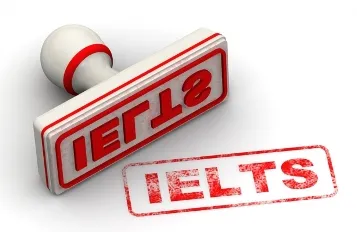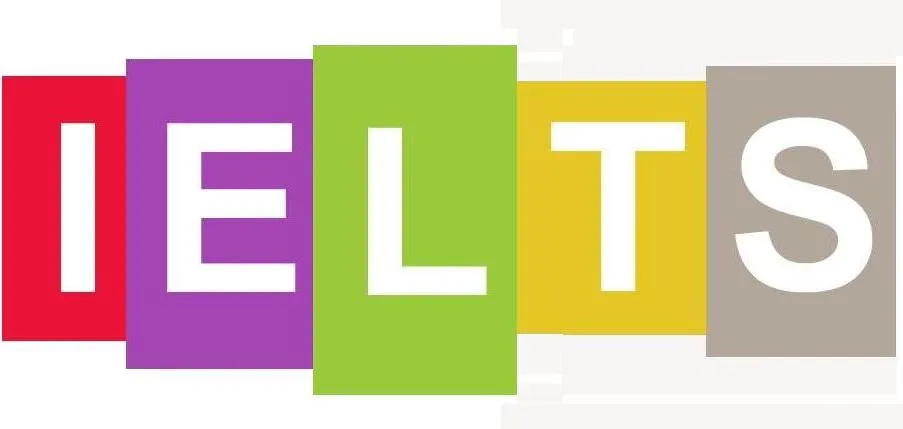DESCRIPTION ABOUT READING MODULE
The Academic and general IELTS reading modules take 60 minutes and there are 40 questions to answer. Each question is worth 1 mark. Spend 20 minutes on each passage. In the actual test, you have 60 minutes to do three readings and, unlike the listening test, you do not have 10 minutes to transfer your answers at the end. So spend only 20 minutes on each one and transfer your answers to the answer sheet in the 20 minutes too. Make sure when you do practice tests you transfer your answers to a sheet of paper too so that this extra time is always taken into account.
The Academic reading text has 3 longer passages, whereas the General training test can have 4 or 5 shorter passages. The texts included in the Academic module are taken from journals, magazines, books and newspapers. In contrast to the academic reading, texts in the General reading module are taken from advertisements, notices, booklets, official documents, leaflets etc.
These are the type of questions you can expect to see in the test:
- Short- answer questions
- Multiple choice
- Sentence completion
- Summary/Notes/Diagram/Flowchart/Table completion
- Choosing a heading for a paragraph
- Yes, No, Not given/ True, False, Not given
- Classification
- Matching lists or phrases

Candidates use different methods to approach variety of questions. While some prefer to read the passage first and then go through the questions, others have a practice of reading the question initially. However, it can be suggested that instead of reading the whole passage blindly in the beginning, focus on the questions and then read the text for a purpose. Answers are in the same order as they appear in the text. Since there is no negative mark for the wrong answer, if you could not find the answer, guess it.
Beginners are advised to do the reading slowly, later set the time and try to complete the whole passage within time. Besides, do not read too quickly. Owing to the lack of time, students tend to skim the text as fast as possible. But this probably leads them to reach a wrong answer. On top of all the techniques, practice is the only solution to get familiar with the question types as well as to manage the time effectively.
BAND SCORE CALCULATION FOR READING
IELTS General Reading marking schemes
For the general reading test, which contains 40 questions, theapproximateband scores can be calculated using this table.
| Band Score | 9 | 8.5 | 8 | 7.5 | 7 | 6.5 | 6 | 5.5 | 5 | 4.5 | 4 | 3.5 | 3 | 2.5 |
| Score / 40 | 40 | 39 | 37-38 | 36 | 34-35 | 32-33 | 30-31 | 27-29 | 23-26 | 19-22 | 15-18 | 12-14 | 9-11 | 6-8 |
IELTS Academic Reading marking schemes
For theacademicreading test, which also contains 40 questions, but is more difficult, theapproximateband scores can be calculated using this table.
| Band Score | 9 | 8.5 | 8 | 7.5 | 7 | 6.5 | 6 | 5.5 | 5 | 4.5 | 4 | 3.5 | 3 | 2.5 |
| Score / 40 | 39-40 | 37-38 | 35-36 | 33-34 | 30-32 | 27-29 | 23-26 | 19-22 | 15-18 | 13-14 | 10-12 | 8-9 | 6-7 | 4-5 |
General instructions for the candidates
Always read the questions carefully. The instructions differ for each question. And, pay more attention to the word limit. Take care with spelling and grammar – you will lose the mark if your spelling or grammar is wrong, so make sure you check these carefully. Besides, move on if you do not know the answer – do not spend too long time on one question. You can always return to that question later if you have time at the end.
Highlight key words in the text – you will need to go back to the reading and scan it to find information to answer a question. So when you read the text, highlight such things as proper nouns (e.g. names of people, places, and things). This is why it can be a good idea to look at the questions before you do the full reading – you will then have an idea of what kinds of things you may need to look for and therefore what it is a good idea to highlight.
Further, read passages from easy to the difficult one so that after completing the easiest passage as early as possible, more time can be utilized for the difficult passage. If the question asks you to complete the note ‘in the…..’ and the correct answer is ‘evening’ just use evening as your answer; note that’ in the evening’ would be incorrect.

READING ANSWER SHEET

True , False , Not Given
Most of the candidates find it as a tedious task to choose the right answer. Quite oftenly “ NO ” and “ NOT GIVEN ” are written wrongly.
Following the given 10 tips will help you to solve the problem easily.
- The question follows the order of the text. Do not waste time going back. Keep on reading
- Ignore anything you already know about the topic and do not make any assumptions. Base your answers on the text only
- Read the question carefully to make sure you fully understand what it is saying
- Scan the text to find where the answer is using keywords from the question
- When you find where the answer is , read the text carefully to identify whether your findings are correct
- The questions will probably use synonyms rather than the words in the text
- Instead of matching the keywords, try to match the meaning of the statements.
- Look out for controlling words such as only, all , never, always ,often, some, mainly etc.For example, if the fact in the question says “some” and the fact in the text says “all” then it is false.
- Do not spend a long time looking for the answer to one question; it is probably not given, if you cannot find it.
- Make sure you use the correct code : Yes ,No, Not Given / True, False, Not given
SENTENCE COMPLETION
Compared to other question types, filling the gaps with suitable words is much easier.
- Try to predict the answer before you look at the options. This will help you to spot the correct answer.
- Look for synonyms and paraphrases in the text rather than words that directly match.
- If you get a list of words, eliminate those words which do not match grammatically.

